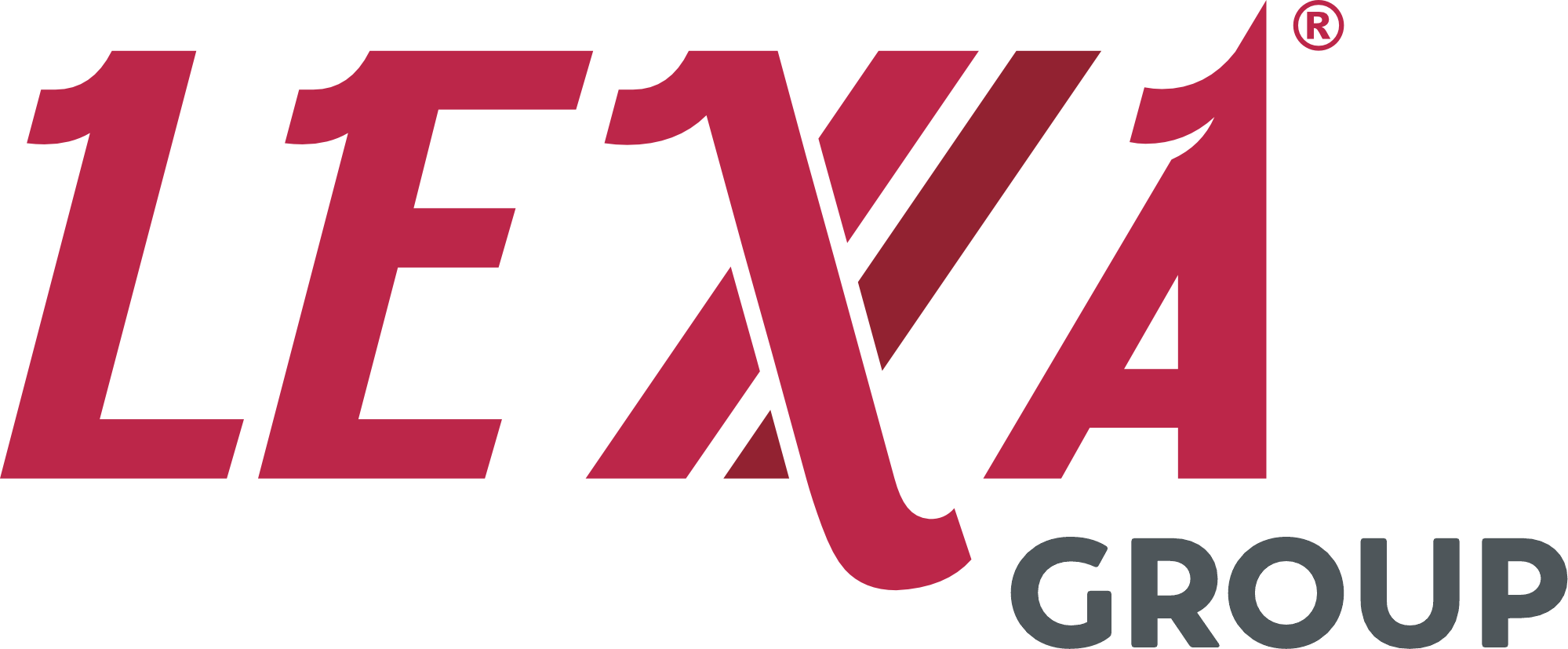How to Make an Efficient Fire Door Selection?

Fire doors have vital importance in various spaces such as electrical rooms, technical rooms, fire corridors, and fire exits, primarily serving to protect life safety within the premises. They play a crucial role in safeguarding lives by preventing the passage of flames, heat, and smoke to the other side, acting as an oxygen barrier, and also serving as a significant factor in extinguishing fires while preventing their spread.
To achieve the desired and expected performance from fire doors, the most critical factor is selecting a fire door with the right features rather than merely using it correctly. Otherwise, desired performance may not be achieved, leading to potential loss of life and extensive damage.
In Turkey, fire tests are conducted in accordance with European standards and approved by the Turkish Accreditation Agency (Türk Akreditasyon Kurumu, TSE) and specialized testing centers. These centers conduct fire door tests in compliance with various standards, which include:
- TS EN 1634-1 Fire Resistance and Insulation Test (E, I)
- TS EN 1634-3:2013 Smoke Leakage Test (S)
- TS EN 1191:2013 Opening and Closing Test (C)
Fire resistance tests in Turkey are conducted in specialized TSE test laboratories. Fire doors undergo various tests based on characteristics such as E: Integrity, I: Insulation, W: Radiation, C: Self-closing, and S: Smoke Leakage.
Obtaining these types of qualification certificates for fire doors requires significant research and development efforts, along with engineering expertise and experience. Conducting such work incurs high costs, which can impact door prices significantly. In Turkey, only a limited number of companies are dedicated to obtaining these qualifications through meticulous engineering and research and development activities. A few years ago, many projects in Turkey had to import foreign fire doors due to the unavailability of doors meeting the required specifications and features domestically.
However, in today's conditions, there are Turkish companies that meet these requirements, offering significant benefits in terms of easy access and more competitive costs for such a critical matter as fire safety.
In recent times, the demand for specific features in fire doors has been increasing, and the range of applications and protection needs has expanded. For instance, there is a growing demand for features such as dual-directional resistance and cross-style properties.
-
Dual-Directional Resistance: This refers to a type of fire door that aims to provide complete protection against hazards that can arise from both directions, not just one.
-
Cross-Opening Door : This is a new door model with double wings, dual-directional fire resistance, and simultaneous opposite-direction opening of the wings, designed to support dual-directional evacuations in corridors.
In Turkey, fire door selection is often made simplistically, relying on outdated door details and specifications in project documents, sometimes including impractical requests that could compromise fire resistance. However, in important matters like fire regulations, it is essential to trust the manufacturer's declaration and commitment based on the results of their research and development and engineering efforts. Interfering with the door model that arises as a result of the manufacturer's research and development and engineering work based on their declaration and commitment can lead to serious issues.
